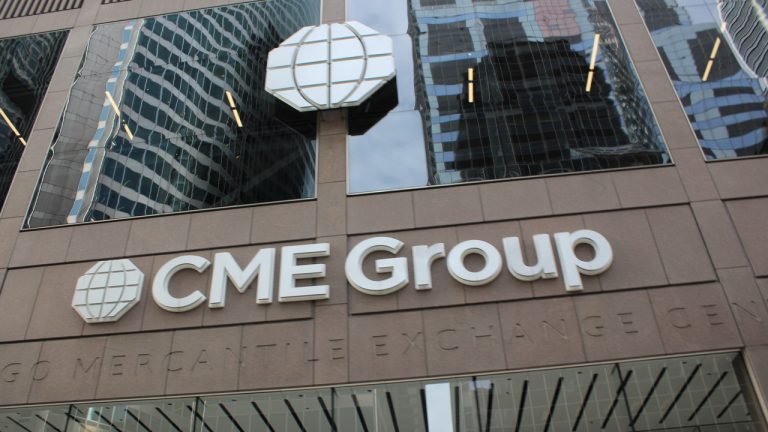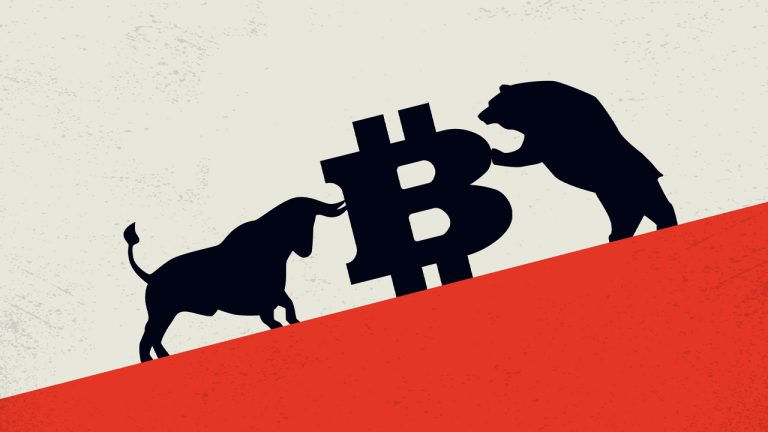
After being initially discussed in 2021, the investment fund is now capitalizing on the meme-worthy ticker for its new leveraged Bitcoin ETF.
In its latest futures-based exchange-traded fund (ETF) filing, Valkyrie Funds utilizes one of the popular memes from the financial Twitter community, known as “fintwit,” to capture attention and interest.
On May 16, the investment firm submitted a new application for a Bitcoin (BTC) futures-based ETF to be listed on the Nasdaq with the ticker symbol “BTFD.“
Both of Valkyrie’s Bitcoin-centric funds do not have direct exposure to Bitcoin itself; instead, they invest in Bitcoin futures traded on the Chicago Mercantile Exchange. Bitcoin futures are financial contracts that allow investors to speculate on the future price movements of Bitcoin. These contracts obligate the buyer to purchase or the seller to sell Bitcoin at a predetermined price on a specific future date. Unlike trading Bitcoin — which involves owning and holding the digital asset itself — Bitcoin futures enable traders to speculate on the price of Bitcoin without directly owning it.
Initially intended for the first fund, the suggestive ticker was reportedly modified by the firm in October 2021.
In contrast to the firm’s existing block trading facility (BTF) fund, this newly proposed fund will offer leverage, allowing speculators to increase their exposure to the dominant cryptocurrency. A BTF is an actively managed ETF available through Nasdaq that invests primarily in Bitcoin futures contracts.
Up to this point, the market has witnessed the introduction of four distinct Bitcoin futures-based ETFs. The first, ProShares Bitcoin Futures ETF, was launched in October 2021.
Thus far, the Securities and Exchange Commission (SEC) has denied several attempts to introduce Bitcoin spot ETFs or funds that provide direct exposure to the dominant cryptocurrency, citing concerns regarding potential market manipulation in the Bitcoin market.
Related: Breaking: Court victory for Ripple as judge denies SEC motion to seal Hinman docs
Grayscale, a digital asset manager, is currently involved in a prolonged legal dispute with the SEC as it seeks to transform its struggling Grayscale Bitcoin Trust product (GBTC) into a spot Bitcoin ETF. The investment firm criticized the Commission's decision to authorize futures-based ETFs instead of spot ETFs, deeming it "illogical."
In March, the judges presiding over the dispute between the two entities in the United States (U.S.) Court of Appeals for the D.C. Circuit expressed the view that the SEC "must provide a thorough explanation" regarding its understanding of the connection between Bitcoin futures and the spot price of Bitcoin.
Magazine: Ordinals turned Bitcoin into a worse version of Ethereum: Can we fix it?

















